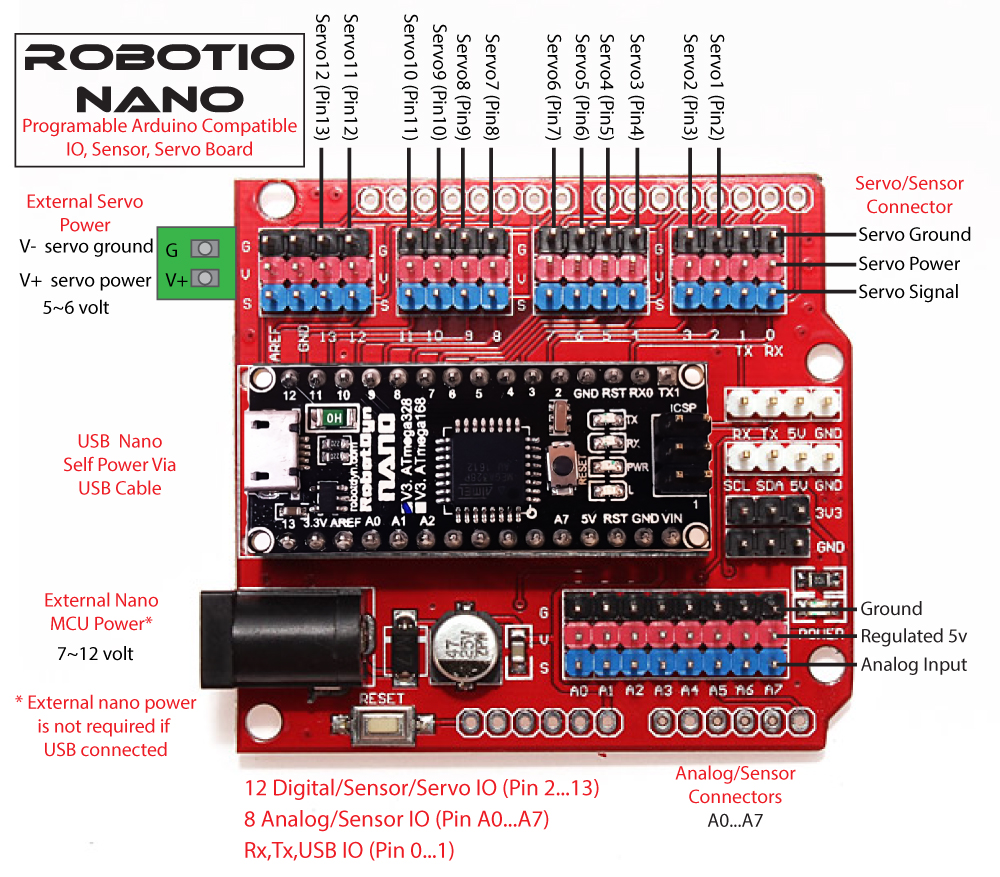

So in this tutorial, I am going to use the small NRF24L01module as the transmitter and I will use the NRF24L01 PA + LNA as the receiver. I was also able to control the speed of the Brushless DC motor. I was able to control the up-down and left-right movement of the RC plane. In my tutorial, I used a pair of the long-range NRF24LO1 PA+LNA transceiver modules for controlling the RC Jet Plane. You can also make a pair by using the NRF24L01 PA+LNA with the regular small size NRF24L01 transceiver module. You can either use a pair of the long-range NRF24L01 PA + LNA transceiver modules, or you can use a pair of the short-range NRF24L01 Transceiver modules. Using the NRF24L01 transceiver modules you can monitor and control different processes. NRF24L01 Arduino Transmitter side code:.NRF24L01 based Wireless Industrial Temperature Monitoring Arduino Programming:.NRF24L01 Interfacing with Arduino, Circuit Diagram:.I have connected one Thermocouple, MAX6675 and Raspberry Pi following Kleinebre tips.Īnd following Takaitra :, I have enabled SPI and on Raspberry and installed spidev. csv file for keeping roasting curves and quality control. MAin goal is to visualize two temperatures: Bean Temp and Air Temp, then record the data and save it into a.
#Max6675 v1.2 arduino nano pinout how to
I have bought a couple of Thermocouples Type K and two MAX6675K and started looking on how to connect and read data through SPI ports.

I'm currently developing a project to embed a Raspberry Pi 3 B into a coffee roaster. I have to say I´m really new to Raspberry and Python environments, but I´m quite happy to learn. I stuck a type-K thermocouple in my oven and roasted dinner and baked a pudding. I've not decided whether I'll use the RPi or an Arduino. When it comes to deploying these in the commercial project I'm working on I'll be using the MAX31855Ks. A MAX6675 wired to my RPi3B, a MAX31855K wired to my RPiA+, a MAX6675 wired to an Arduino Uno and a MAX31855K wired to an Arduino Nano. I'm running four experimental thermocouples at the moment. The simple fact that it will read negative temperatures means it wins every time. It's also much more stable and consistent between read cycles. The range varies depending on the type of bi-metal themocouple (for a K-type it's -200☌ to +700☌). The 6675 is capable of giving a 12-bit range from 0☌ to +1023☌ in 0.25° increments, but practically for a type-K thermocouple that's 0☌ to 700☌. One thing I would say is the MAX6675 is pretty useless compared to the MAX31855K.
#Max6675 v1.2 arduino nano pinout code
There is example code in there to read temperatures, it is commented out inside the ma圆675.py module. To read temperatures in Python I used the RPiSensors library at * If you want to use the ma圆675 as SPI device 1 instead, hook pin 4 of the Ma圆675 up to pin 26, CE1 SPI, GPIO 11 When connected incorrectly temperature will always return 0. Ma圆675 pin 5 CLK to Pi pin 23, SCLK SPI (GPIO 14)ĬS = Chip Select, must be hooked up correctly for the MAX6675 SPI device to send data onto the bus. Ma圆675 pin 4 CS to Pi pin 24, CE0 SPI (GPIO 10) (note: for SPI device 0) * Ma圆675 pin 3 DO to Pi pin 21, MISO SPI (GPIO 13)

You'll need to run raspi-config and reboot to enable SPI and expose devices /dev/spidev0.1 and /dev/spidev0.0 Presuming you don't want to bitbang but hook the device up as the SPI device that it is. For future reference this is what worked for me.


 0 kommentar(er)
0 kommentar(er)
